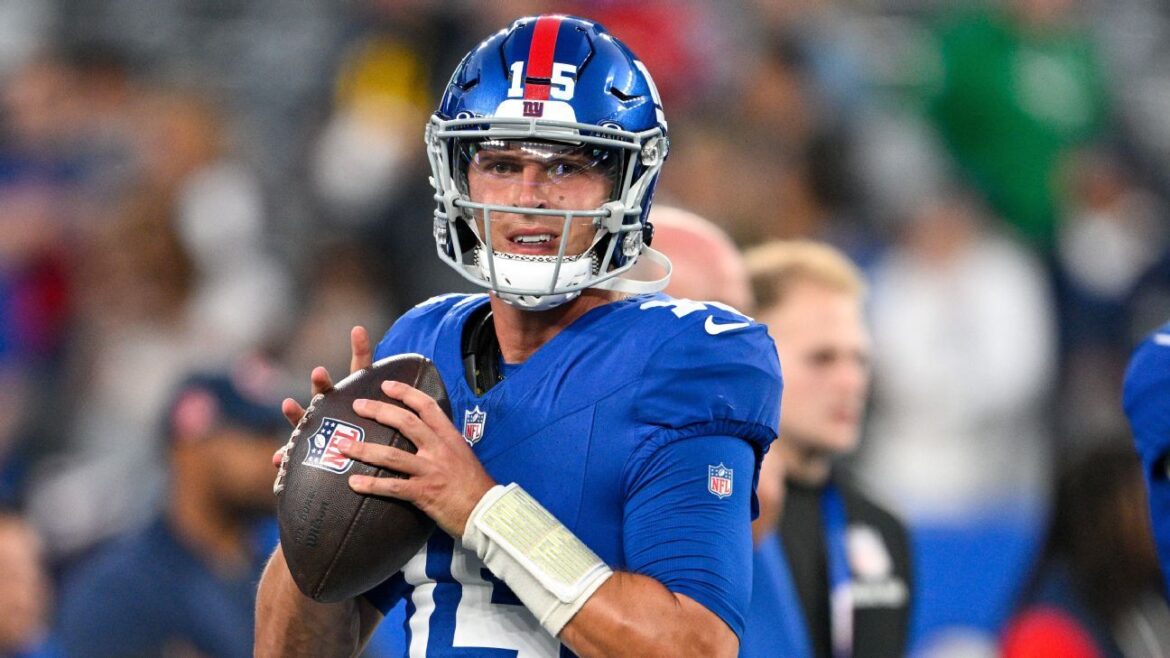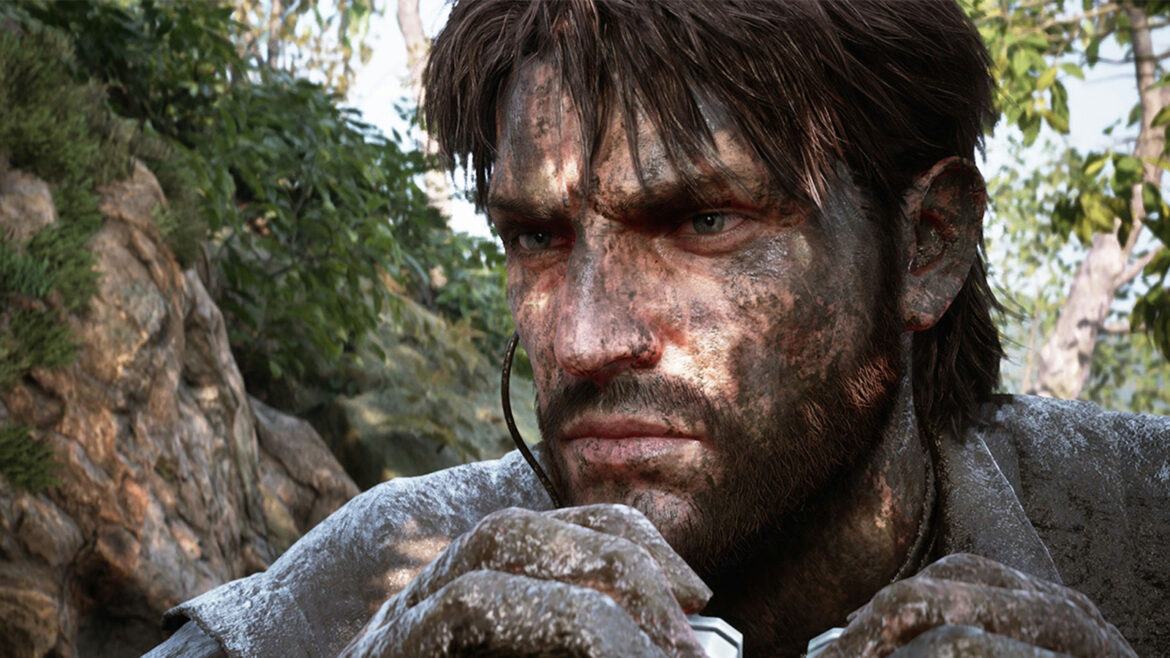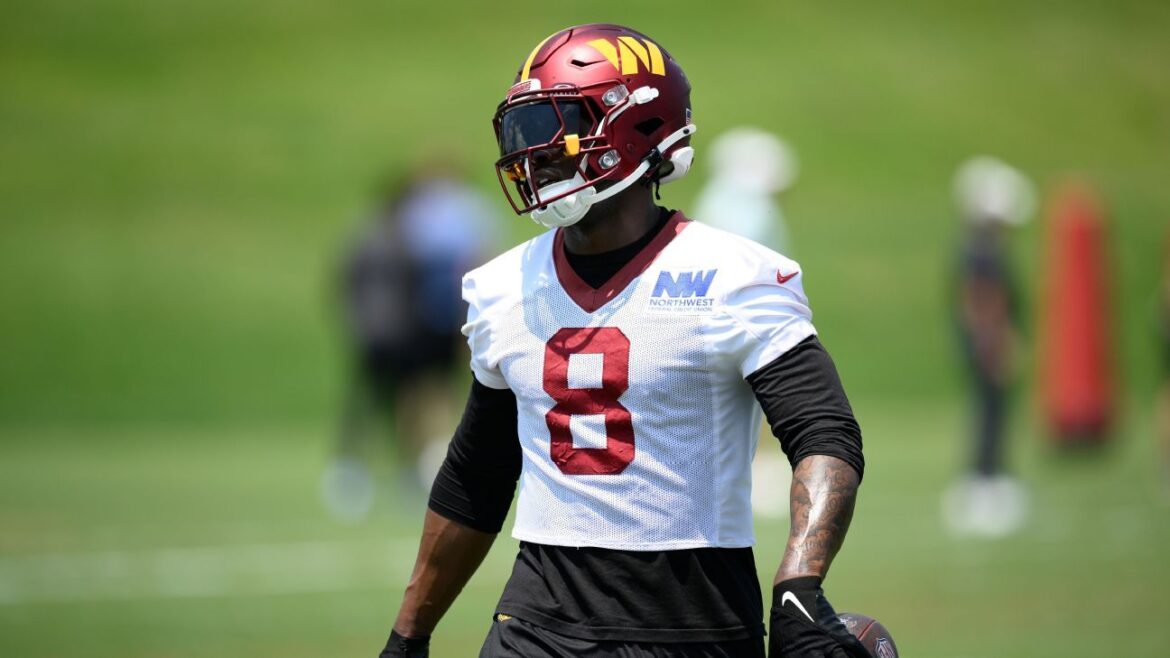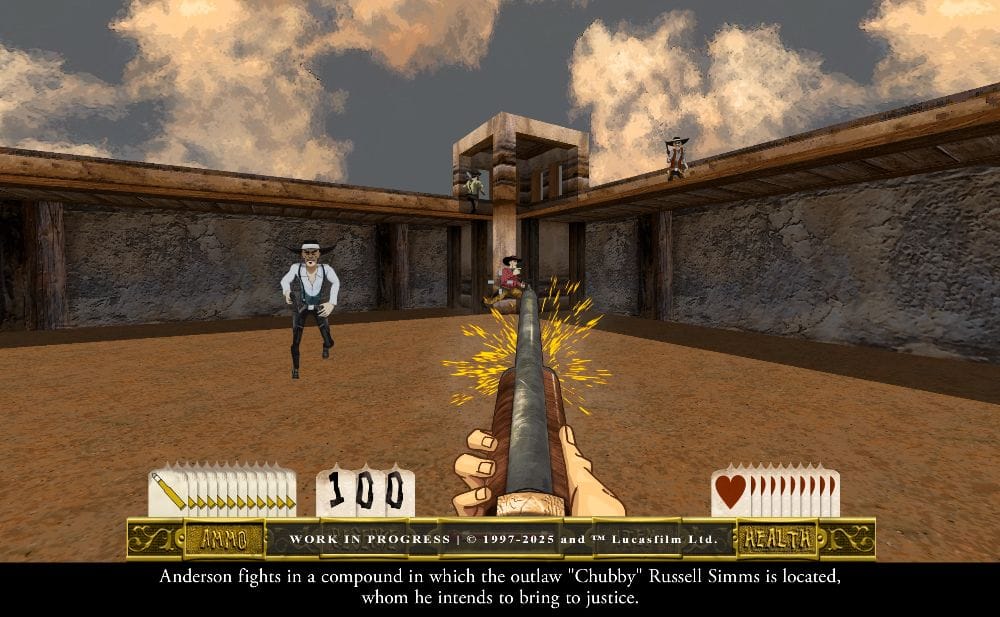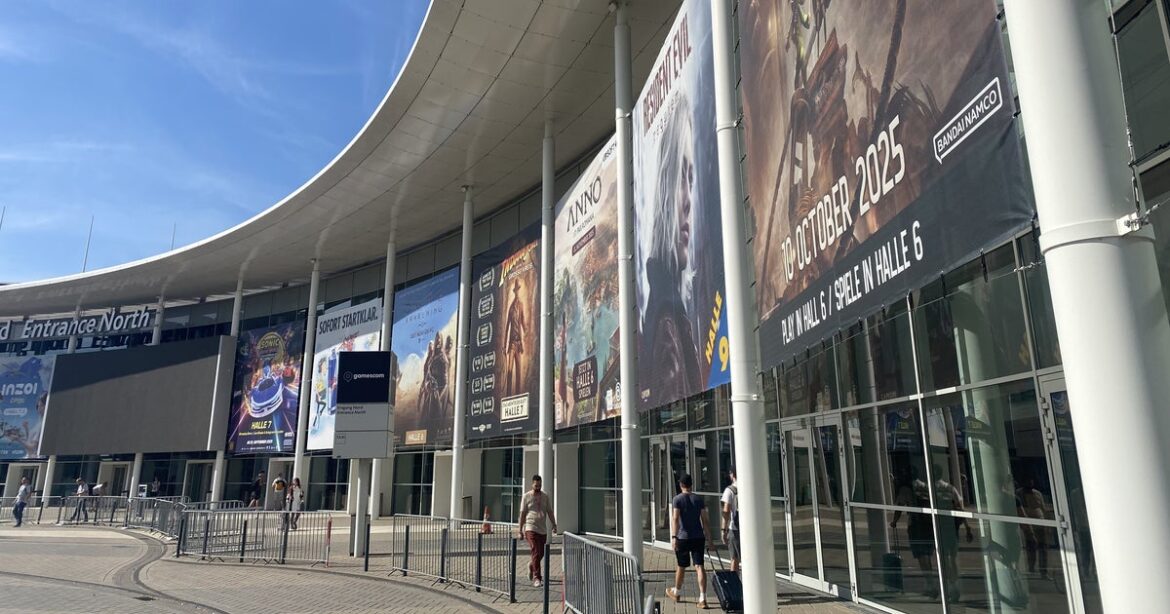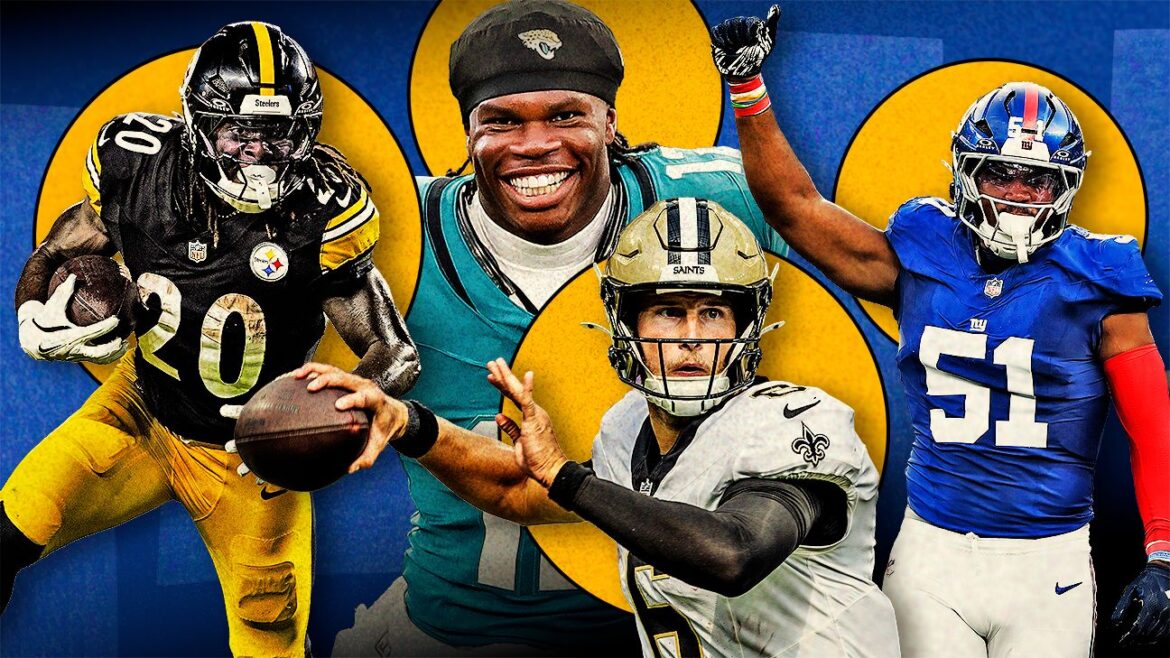The third week of the 2025 NFL preseason kicked off Thursday as teams take their final look at key position battles ahead of Tuesday’s 4 p.m. ET deadline to trim rosters to 53 players.
To keep you updated on how teams fared, our NFL Nation reporters are summarizing each game below and predicting each team’s 53-man roster.
Quick links:
Full schedule | Where to watch | Depth charts
Fantasy football draft guide | Sign up to play
Thursday’s results
Giants: Some bottom-of-the-roster spots seem to have been secured Thursday night. Cornerback Art Green might have solidified his place as the fifth cornerback with a strong tackling effort. He had five tackles in the first half. Defensive tackle D.J. Davidson batted a pass and forced a hold near the goal line. That should help his chances. As for the crowded quarterback position, Tommy DeVito’s audition for the rest of the league saw him impress: He completed 15 of his first 17 passes while throwing a touchdown on each of his first three drives. Still, he is likely the odd man out in the QB room. — Jordan Raanan
Next game: at Washington Commanders (1 p.m. ET, Sept. 7)
Patriots: The Patriots played only a handful of offensive and defensive players who would be considered potential starting-caliber candidates, so perhaps the most compelling storyline was with kickers: rookie Andy Borregales vs. Parker Romo. A sixth-round pick out of Miami, Borregales missed a 49-yard field goal in the first half after coach Mike Vrabel elected not to go for it on fourth-and-1 — perhaps to see how Borregales, who missed a 57-yarder last week, would respond. Borregales later hit a 30-yard field goal, as well as a point after attempt, while Romo didn’t get a chance to kick. It has been a close competition throughout training camp. — Mike Reiss
Next game: at Las Vegas Raiders (1 p.m. ET, Sept. 7)
Steelers: The defensive line suffered a potentially significant loss when rookie first-rounder Derrick Harmon was carted off the field with a knee injury and quickly ruled out. At halftime, coach Mike Tomlin said the defensive end was “being evaluated.” The Steelers already lost some depth there during training camp when veteran Dean Lowry suffered an ACL tear. It could mean the Steelers will be in the market for a veteran trade option or a cut-down day addition. — Brooke Pryor
The enhanced ESPN App
Watch your favorite events in the newly upgraded ESPN App. Learn more about what plan is right for you. Sign Up Now
Next game: at New York Jets (1 p.m. ET, Sept. 7)
Panthers: Read into the inactive list of 33 players how you choose. Wide receiver Brycen Tremayne got the night off. Veteran receivers Hunter Renfrow and David Moore did not. Maybe Tremayne has an edge for the sixth or seventh receiver spot after a solid preseason. Or perhaps Carolina wants to keep him under the radar, so it can add him to the practice squad if he doesn’t make the 53-man roster. As for Renfrow and Moore, the team could have been auditioning them for potential trades. One of them likely will make the roster. Renfrow’s comeback is a good story, but has he done enough to earn a spot? — David Newton
Next game: at Jacksonville Jaguars (1 p.m. ET, Sept. 7)
Friday’s games
Philadelphia Eagles at New York Jets (7:30 p.m. ET)
Atlanta Falcons at Dallas Cowboys (8 p.m. ET, NFL Network)
Minnesota Vikings at Tennessee Titans (8 p.m. ET, CBS)
Chicago Bears at Kansas City Chiefs (8:20 p.m. ET)
Saturday’s games
Baltimore Ravens at Washington Commanders (Noon ET, ESPN Unlimited)
Indianapolis Colts at Cincinnati Bengals (1 p.m. ET, ESPN Unlimited)
Los Angeles Rams at Cleveland Browns (1 p.m. ET, NFL Network)
Houston Texans at Detroit Lions (1 p.m. ET, ESPN Unlimited)
Denver Broncos at New Orleans Saints (1 p.m. ET)
Seattle Seahawks at Green Bay Packers (4 p.m. ET, NFL Network)
Jacksonville Jaguars at Miami Dolphins (7 p.m. ET, NFL Network)
Buffalo Bills at Tampa Bay Buccaneers (7:30 p.m. ET, ESPN Unlimited)
Los Angeles Chargers at San Francisco 49ers (8:30 p.m. ET, ESPN Unlimited)
Las Vegas Raiders at Arizona Cardinals (10 p.m. ET, NFL Network)

